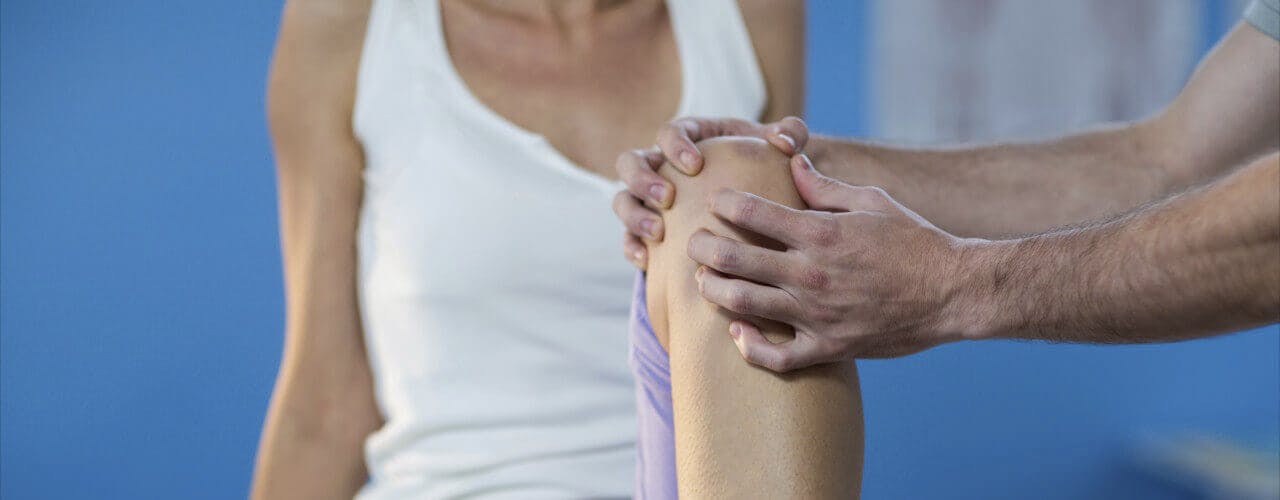
Why am I hearing so much about “prehab”?
Pre-surgical rehabilitation, or “prehab,” is increasingly popular in the surgical and physical therapy communities. Just as “rehab” generally refers to work that patients do to recover after surgery or intense medical treatment, “prehab” is designed to be undertaken prior to that procedure.
What does pre-surgical rehab accomplish?
To put it succinctly, prehab shortens rehab. For patients who have pre-planned joint replacements or other reparative operations, pre-surgical rehabilitation helps reduce the time and challenges of post-surgery rehabilitation.
After surgery, patients must re-learn how to move again. Much of that need comes from the lack of muscle mass and flexibility that their existing condition caused. In addition, the surgery itself often involves some pain and stiffness in the following days and weeks.
Pre-surgical rehabilitation is designed to help you regain some of your lost strength and flexibility before you even have the surgery, as well as build up your ability to heal more quickly after your operation. When done correctly, prehab can dramatically decrease the time and pain associated with post-surgical recovery.
What happens in “prehab”?
Assuming you have enough planning time, your pre-surgical rehab sessions would start about six weeks before your operation, depending on what your doctor advises. Our physical therapist will also help you evaluate your goals and your concerns. (Many patients worry about climbing stairs after surgery, for example, or even that first walk to the hospital bathroom.)
During your sessions, you’ll be working on building your overall strength and endurance, so your body bounces back from the surgical trauma. In addition, your physical therapist will help structure a plan that meets the challenges of your particular surgery, such as building upper body strength if you’re going to be getting around on crutches.
What can I expect from pre-surgical rehab?
Studies show that patients who participate in pre-surgical rehabilitation experience these specific benefits:
- Increased stamina and confidence. Not only will you have more aerobic endurance and muscle strength to take on postoperative routines, but you’ll have the confidence in having already built up the strategies for doing so.
- Increased mobility. Prehab gives you the physical flexibility you’ll need to work through post-surgical stiffness. Our physical therapists also coach you on techniques for maintaining your balance, and compensating for limbs you can’t fully use while you are recovering.
Surgeons routinely refer post-surgical patients to our physical therapists to help them recover strength, function and mobility.
Our therapists provide one-on-one, evidence-based physical therapy treatment sessions to help facilitate your recovery and return to activities of daily living (ADLs), work, recreational activities and even competitive sports.
The rehabilitative process depends on the injury and type of surgery. We help patients recover and rehabilitate from a variety of orthopedic post-operative procedures, including:
- Knee, hip and shoulder joint replacements
- Reconstruction of any one or more of the four major knee ligaments: anterior cruciate ligament (ACL), medial collateral ligament (MCL), posterior cruciate ligament (PCL) and lateral collateral ligament (LCL)
- Arthroscopic knee surgeries (such as meniscectomies, meniscal repairs)
- Ligament and tendon repair, including Achilles tendon repairs
- Arthroscopic hip surgeries (such as labral repairs)
- Nerve releases (such as cubital tunnel, radial tunnel, carpal tunnel, tarsal tunnel)
- Neck and back surgery (such as fusions, laminectomy, decompression and discectomy)
- Nerve compression release
- Bone or joint fusion (arthrodesis)
- Tendon transfers
- Surgical fixation of fractures, including open reduction and internal fixation (ORIF), a two-part surgery used to fix broken bones where the broken bone is reduced (put back into place) and an internal fixation device is placed on the bone (e.g., screws, plates, rods or pins) to hold the bone together
- Shoulder post-surgical recovery for rotator cuff tears, labral tears, superior labrum anterior and posterior (SLAP) tear or lesion, arthroscopy and more
- Manual therapy
- Soft tissue and/or joint mobilization
- Muscle energy
- Gait and balance training
- Transcutaneous electrical nerve stimulation (TENS) - electrical muscle & nerve stimulation
- Therapeutic exercise and functional strength training
- Ultrasound
- Functional re-education
- Rehabilitative exercises to help increase strength, endurance, motion, balance and coordination

